The Arrow and the Spindle: Studies in History, Myths, Rituals and Beliefs in Tibet (Volumes I)
Synopsis
The book opens with some studies of previously unknown royal edicts that shed light on early Buddhist practices testifying to the expansion of the Tibetan Empire (Part I).
The author then reflects upon the origin of Dzogchen Philosophy (Part II) and examines the Bon religion considered as the source of Dzogchen Philosophy (Part III).
A previously untouched subject in Tibetan studies is the relation between the origin of myths and popular rituals that convey the ancient beliefs that are still intact underneath the surface of Lamaistic tradition, particularly that of the mountain cult amongst the laity. The author gives a comprehensive analysis of this cultural and religious complex (Part IV).
This leads to the studies of the Gesar epic from an anthropological point of view on the basic structure of the epic and its social organisation (Part V).
The author also dwells upon the subject of Tibet’s reunification under the rule of the Fifth Dalai Lama in the seventeenth century and sees Lamaistic Government as the main cause of its gradual decline culminating in the total loss of its independence in the twentieth century (Part VI).
Read more
The author then reflects upon the origin of Dzogchen Philosophy (Part II) and examines the Bon religion considered as the source of Dzogchen Philosophy (Part III).
A previously untouched subject in Tibetan studies is the relation between the origin of myths and popular rituals that convey the ancient beliefs that are still intact underneath the surface of Lamaistic tradition, particularly that of the mountain cult amongst the laity. The author gives a comprehensive analysis of this cultural and religious complex (Part IV).
This leads to the studies of the Gesar epic from an anthropological point of view on the basic structure of the epic and its social organisation (Part V).
The author also dwells upon the subject of Tibet’s reunification under the rule of the Fifth Dalai Lama in the seventeenth century and sees Lamaistic Government as the main cause of its gradual decline culminating in the total loss of its independence in the twentieth century (Part VI).
67.50
60.75
$
75.00 $
Free delivery Wolrdwidе in 10-18 days
Ships in 1-2 days from New Delhi
Membership for 1 Year $35.00
Get it now and save 10%
Get it now and save 10%
BECOME A MEMBER

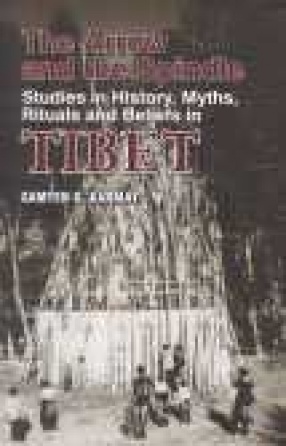
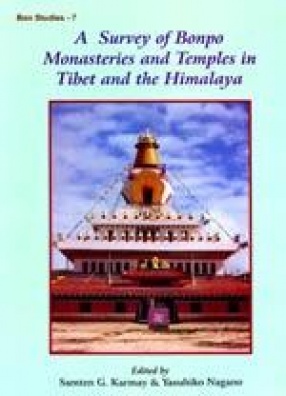

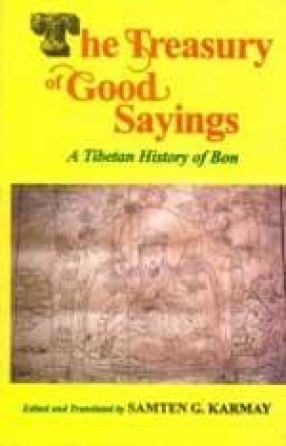
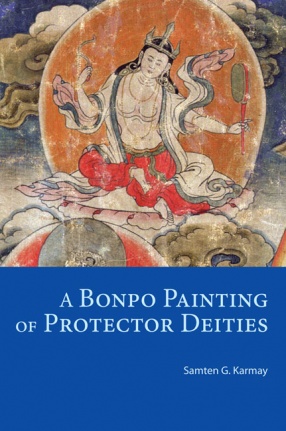
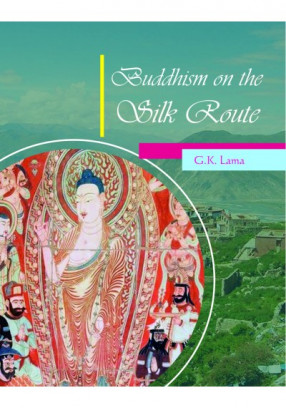
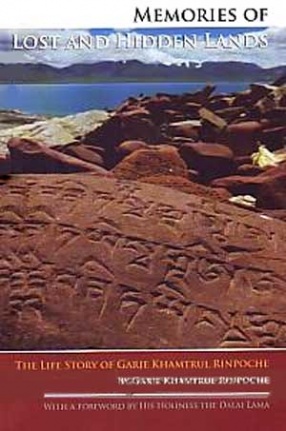
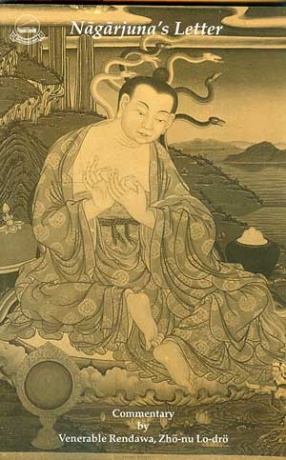
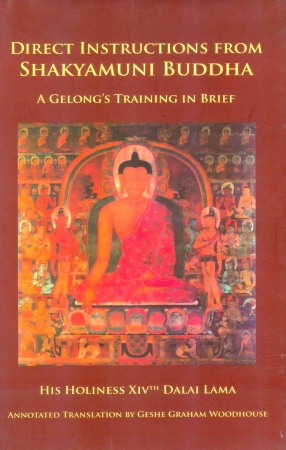

Bibliographic information
Tags